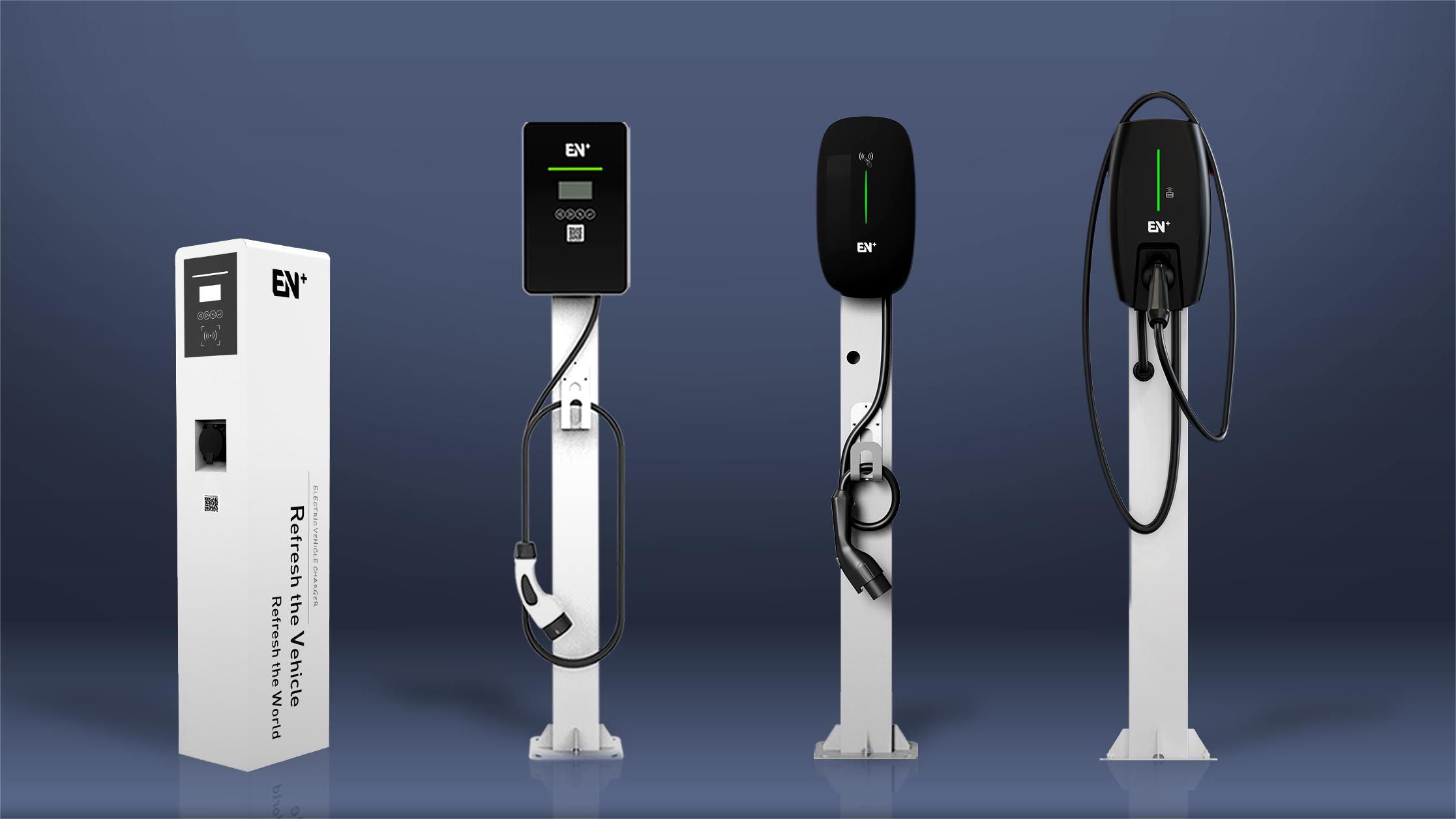As technology is improving so does the facilities and other things. Because of things like improved technology, environmental awareness, and supportive government laws regarding the usage of renewable energy, the number of EVs on the road is increasing. The creation of a strong and efficient network of public electric car charging stations is a crucial element in this change. This article outlines the significance, issues, and opportunities concerning public EV charging stations. However, to learn more about these public charging stations, visit the link.
Public EV Charger Stations
Promoting EV Adoption
The most crucial determinant of the uptake of electric cars is the ease of recharging the vehicles based on the type of charging available. Public charging stations also give a sense of security to EV owners, thereby reducing the range anxiety or the energy with which it becomes difficult for the vehicles to reach the desired location. It is believed that making a charger easily accessible to the public, will mark additional people’s chances of making the switch from gasoline cars to electric cars.
Environmental Benefits
Public charging stations are key in the achievement of the reduction of greenhouse gases and air pollution. In this way, we can reduce the emissions of transportation as the use of electric vehicles that emit no direct carbon dioxide has been made possible. Such a change is necessary to meet the worldwide climate goals and enhance the quality of the air in cities.
Possible Challenges
Infrastructure Investment
Establishing an extensive network of public EV charging stations demands a considerable amount of capital investment. This entails issues to do with the provision of charging points, the development of electrical infrastructure, and other related expenses in the provision of charging facilities. These costs have to be borne by governments and private sector entities to arrive at workable business models that enable the charging of services.
Accessibility and Availability
Another important concern is to maintain fairness in the usage of public charging stations. The distribution of charging stations should be such that they benefit different types of regions ranging from the urban regions to the suburban and even rural regions. Also, public charging stations must be well-functioning and accessible at any time of the day and night to satisfy the needs of electric vehicle owners.
Prospects and Innovations
Technological Advancements
Currently and in the foreseeable future, public stations are being developed to increase efficiency and enhance people’s experience. Even for the fast-charging technologies, new developments are taking place that shorten the charging duration drastically. Wireless charging and Vehicle to Grid (V2G) techniques can also be expected shortly regarding energy management and integration with renewable energy sources.
Policy and Incentives
The policies and incentives pursued by the governments will be instrumental in fast-tracking the growth of public charging stations for EVs. The provision of subsidies and tax credits for installation of the charging stations, and grants for charging infrastructure can help in investment and growth. Also, the measures and policies requiring the installation of charging points in new constructions and public places will help in its expansion.
Conclusion
Charging stations for electric vehicles are essential in the process of shifting the population towards efficient and environmentally friendly means of transportation. Nevertheless, the opportunities for extensive usage of EVs are great: a decrease in emissions, and air pollution, and, finally, an increase in the energy security level. With more investment, ideas, and policies being extended to the public, the future for public EV charging seems promising as the world is going green.

